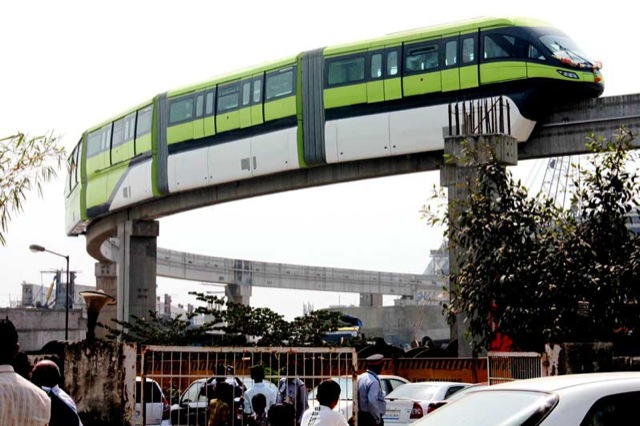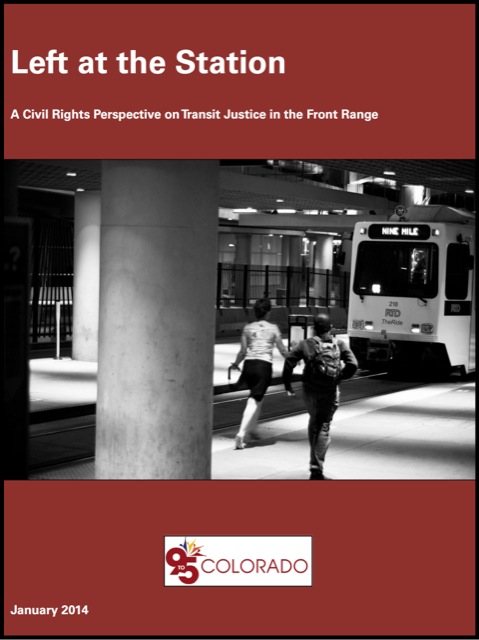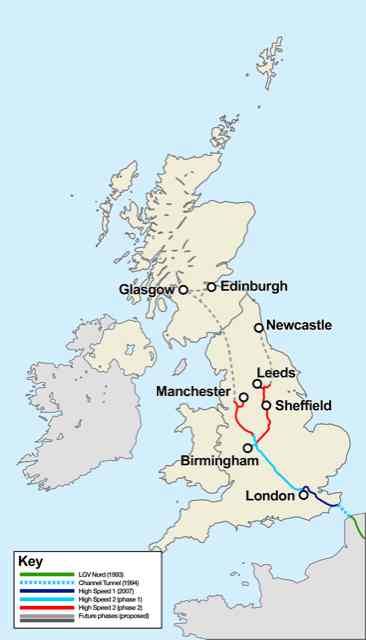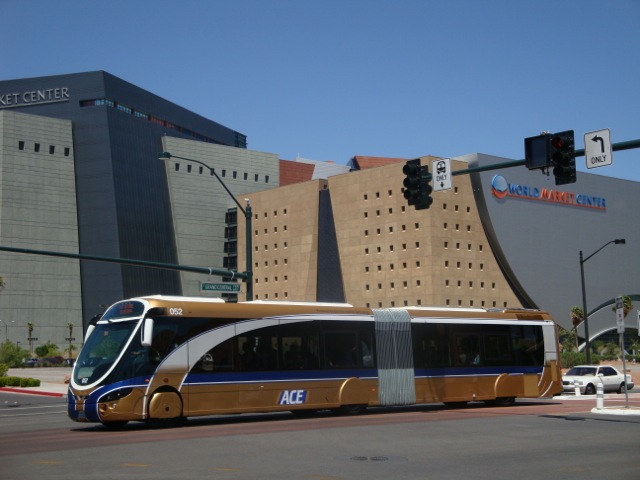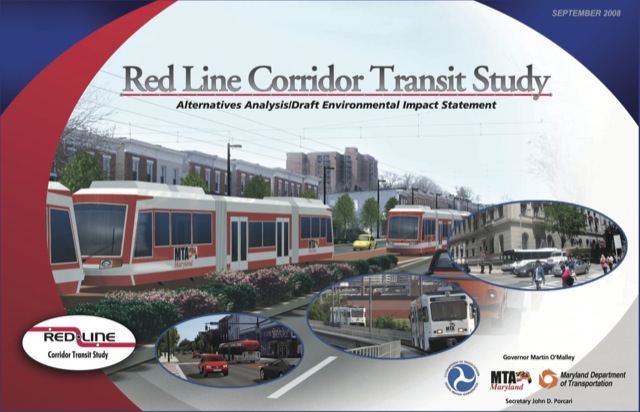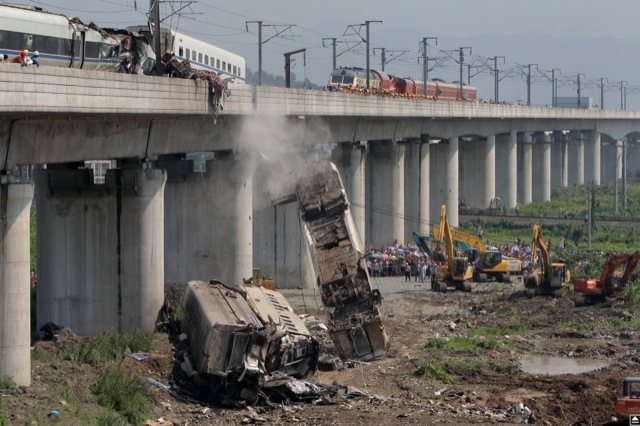Early tests reveal that the Twin Cities’ new light-rail cars require 67 minutes to go the 11 miles from downtown Minneapolis to downtown St. Paul for an average speed of 10 miles per hour. Metro Transit managers say they expect to get the time down before the line opens for service on June 14, but the 39 minutes promised on the agency’s web site seems unattainable considering they have added three stops since the line was originally planned. Even 39 minutes is less than 17 mph, hardly a breathtaking speed.
Buses currently do the same trip in a mere 26 minutes. Some people are mildly outraged that the region has spent $100 million per mile to get slower service. Too bad they weren’t outraged when the line was being planned.
Officials say that most people won’t ride the entire distance, and what really counts “is that these new Green Line passengers have a very high quality and reliable ride.” For that, they needed to spend a billion dollars.


